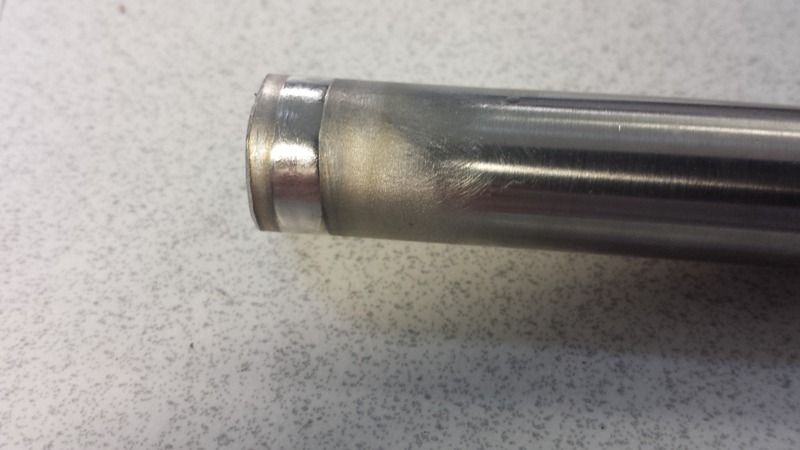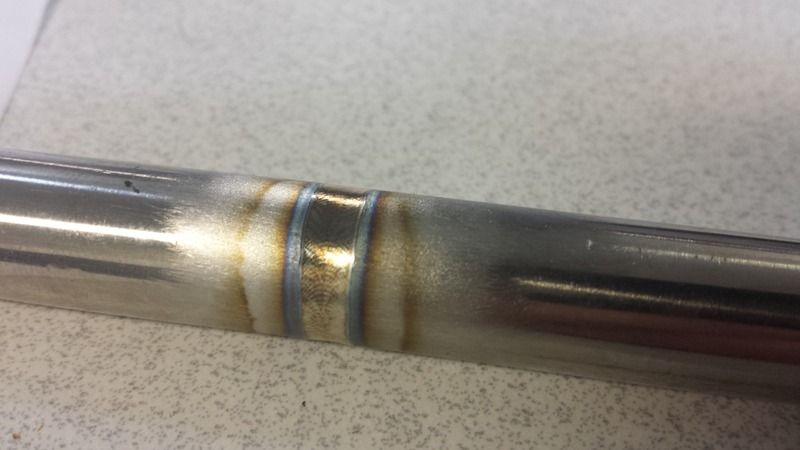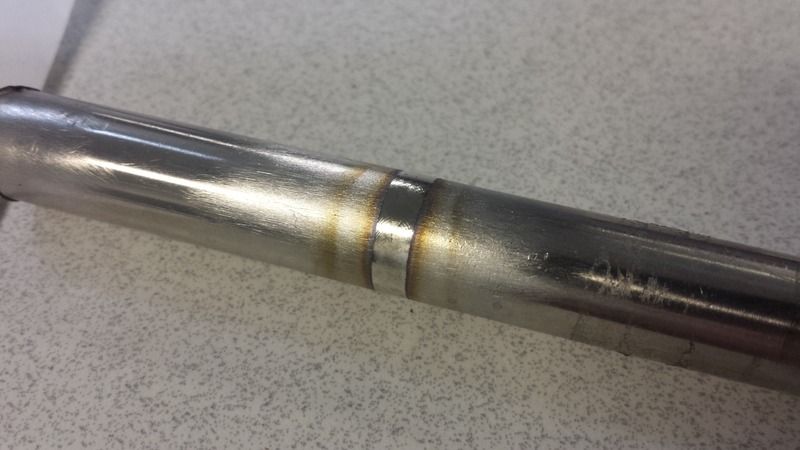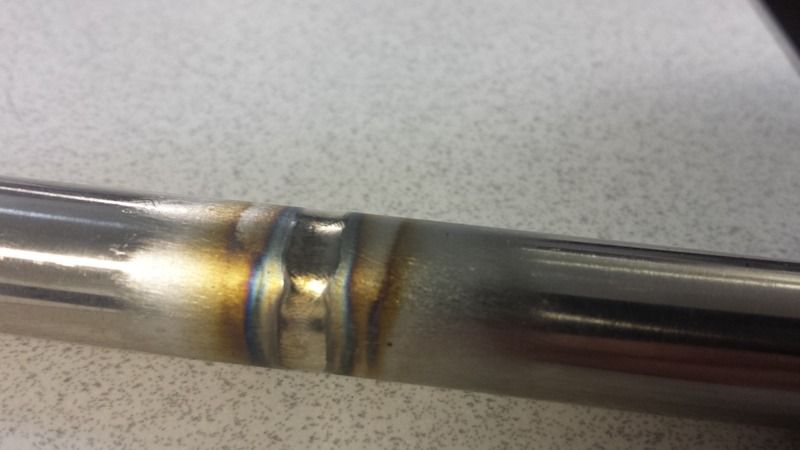






 So to answer a few more questions that came up above. The only variables that changed between the tubes were the time of year they were welded and the lot number of the material. My next steps are to located some material from the same lot number of the clean welds and analyze the results. I'm also going to check the connections going into the back of the machine again. I really don't like these fittings because they are a push in past a lip and click style connection with a little check valve in them. The further the connection is pushed into the back of the machine, the more gas is allowed to flow through the check valve. Once it clips back on the lip it always ends up depressed the same amount flowing the same amount of gas. This very well could be an inconsistent seat on the inside of the machine. It's MK Products cheapest model. I'll try to take some picks of the connectors and the hose for you all.
So to answer a few more questions that came up above. The only variables that changed between the tubes were the time of year they were welded and the lot number of the material. My next steps are to located some material from the same lot number of the clean welds and analyze the results. I'm also going to check the connections going into the back of the machine again. I really don't like these fittings because they are a push in past a lip and click style connection with a little check valve in them. The further the connection is pushed into the back of the machine, the more gas is allowed to flow through the check valve. Once it clips back on the lip it always ends up depressed the same amount flowing the same amount of gas. This very well could be an inconsistent seat on the inside of the machine. It's MK Products cheapest model. I'll try to take some picks of the connectors and the hose for you all.



Powered by mwForum 2.29.2 © 1999-2013 Markus Wichitill